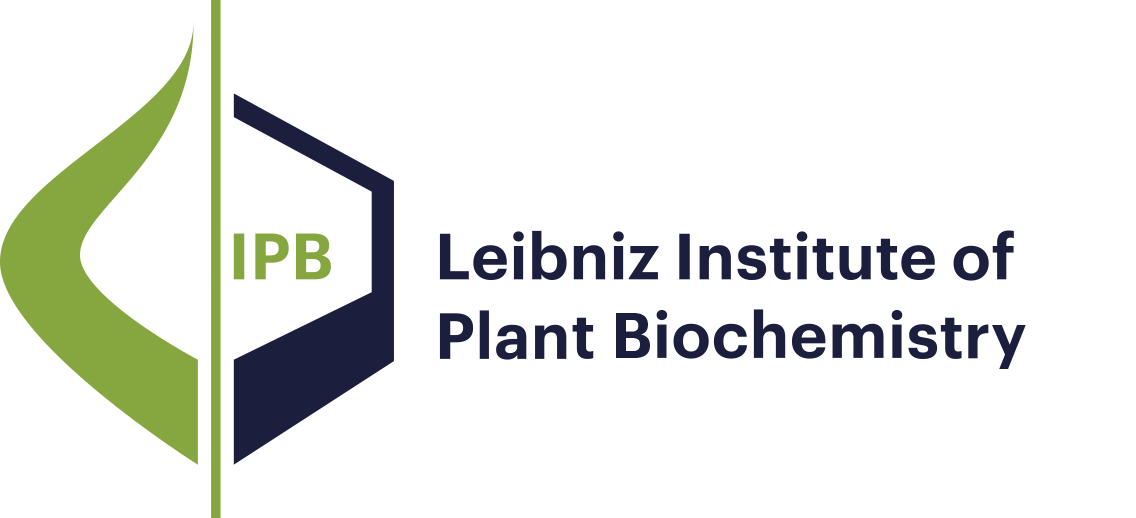Publications - Molecular Signal Processing
- Results as:
- Print view
- Endnote (RIS)
- BibTeX
- Table: CSV | HTML
Publications
Publications
This page was last modified on 27 Jan 2025 .
Research Mission and Profile
Molecular Signal Processing
Bioorganic Chemistry
Biochemistry of Plant Interactions
Cell and Metabolic Biology
Independent Junior Research Groups
Program Center MetaCom
Publications
Good Scientific Practice
Research Funding
Networks and Collaborative Projects
Symposia and Colloquia
Alumni Research Groups
Publications
Publications - Molecular Signal Processing
Publications
The increasing global population and climate change pose significant challenges to agriculture, particularly in managing plant diseases caused by phytopathogens. Traditional methods, including chemical pesticides and antibiotics, have become less effective due to pathogen resistance and environmental concerns. Phage therapy emerges as a promising alternative, offering a sustainable and precise approach to controlling plant bacterial diseases without harming beneficial soil microorganisms. This review explores the potential of bacteriophages as biocontrol agents, highlighting their specificity, rapid multiplication, and minimal environmental impact. We discuss the historical context, current applications, and prospects of phage therapy in agriculture, emphasizing its role in enhancing crop yield and quality. Additionally, the paper examines the integration of phage therapy with modern agricultural practices and the development phage cocktails and genetically engineered phages to combat resistant pathogens. The findings suggest that phage therapy could revolutionize phytopathological management, contributing to global food security and sustainable agricultural practices. One-Sentence Summary The burden of plant diseases and phage-based phytopathological treatment.Graphical abstract
Publications
Gas chromatography–tandem mass spectrometry with electron ionization (GC–EI–MS/MS) provides rich information on stable-isotope labeling for 13C-metabolic flux analysis (13C-MFA). To pave the way for the routine application of tandem MS data for metabolic flux quantification, we aimed to compile a comprehensive library of GC–EI–MS/MS fragments of tert-butyldimethylsilyl (TBDMS) derivatized proteinogenic amino acids. First, we established an analytical workflow that combines high-resolution gas chromatography-quadrupole time-of-flight mass spectrometry and fully 13C-labeled biomass to identify and structurally elucidate tandem MS amino acid fragments. Application of the high-mass accuracy MS procedure resulted into the identification of 129 validated precursor–product ion pairs of 13 amino acids with 30 fragments being accepted for 13C-MFA. The practical benefit of the novel tandem MS data was demonstrated by a proof–of–concept study, which confirmed the importance of the compiled library for high-resolution 13C-MFA.
This page was last modified on 27 Jan 2025 .

